Key in a search term below to search our website.
Key in a search term below to search our website.
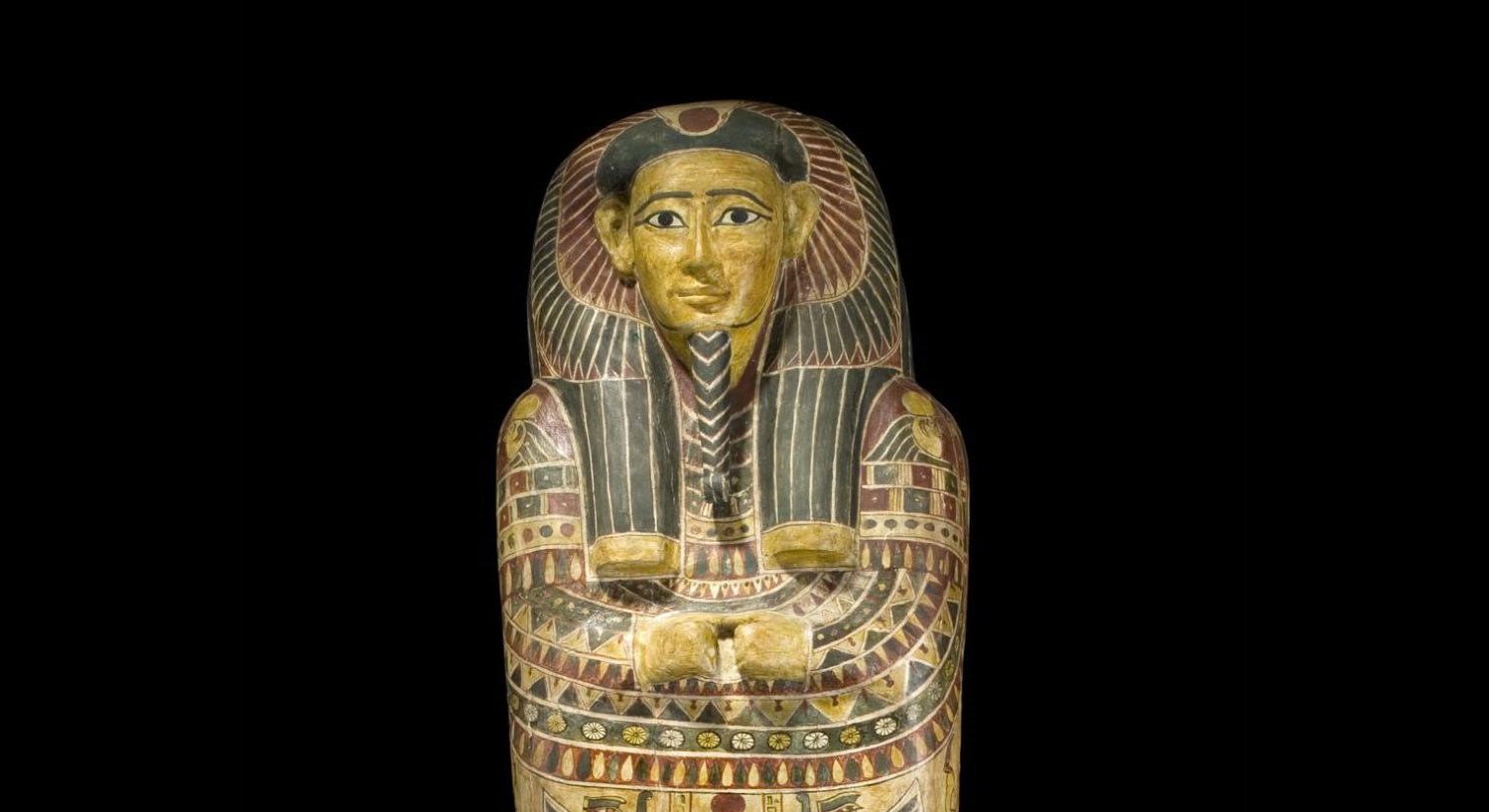
National Museums Scotland’s internationally significant ancient Egyptian and Sudanese collections comprise around 6,300 objects, including statuary, reliefs, jewellery, items of daily life, and unique funerary assemblages, including coffins, papyri, mummy-portraits.
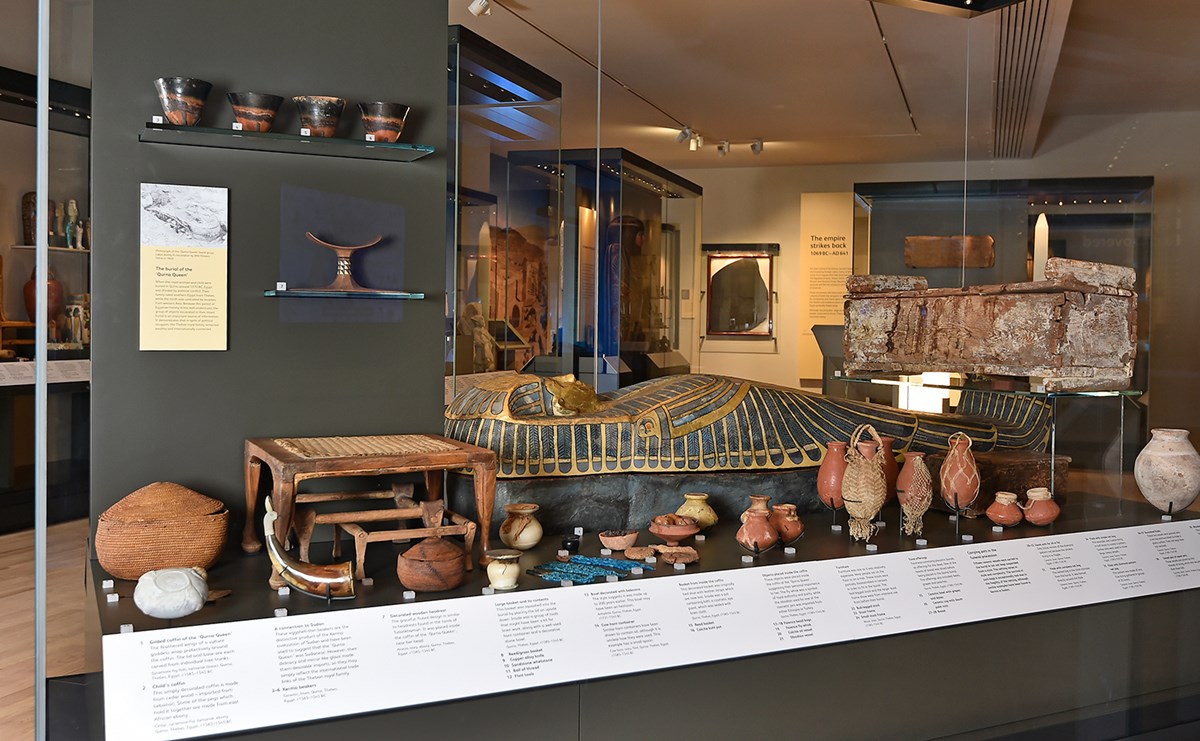
Join Principal Curator Margaret Maitland for a guided virtual tour of our Ancient Egypt Rediscovered gallery. Explore themes of family, home, togetherness and separation as she reveals her personal highlights.
Ancient Egypt Gallery TourThe River Nile and surrounding desert shaped the cultures of ancient Egypt and Nubia, which thrived for thousands of years. The fertile river and mineral-rich desert provided an abundance of resources which supported the development of farming, craft, writing and art. The remarkable objects that they created were preserved by the dry climate. Study of these objects has helped reveal the ancient people and stories behind them, but also served to disconnect ancient Egypt from its context in modern Egypt and Africa more broadly. These are issues that we seek to address through our ongoing research and community collaboration.
National Museums Scotland’s Egyptian collection was begun in 1819. It includes objects from the first systematic excavation of an ancient Egyptian tomb carried out in 1856/7 by Scottish archaeologist Alexander Henry Rhind (1833–63) and a team of Egyptian excavators led by Ahmed Abd er-Rasul. The majority of the Museum’s collections were acquired through subscription to late 19th and early 20th century British excavations in Egypt and Sudan led by W.M. Flinders Petrie (1853–1942) and other archaeologists for the Egypt Exploration Society, the British School of Archaeology in Egypt, and the University of Liverpool. These collections include the only intact ancient Egyptian royal burial group outside of Egypt. In the early to mid-20th century, there were also major donations from private collectors and purchases from dealers in Egypt and Europe. Significant collections from Sudan were acquired through excavations at Meroë by John Garstang (1876–1956), and F.Ll. Griffith (1862–1934) at Faras.
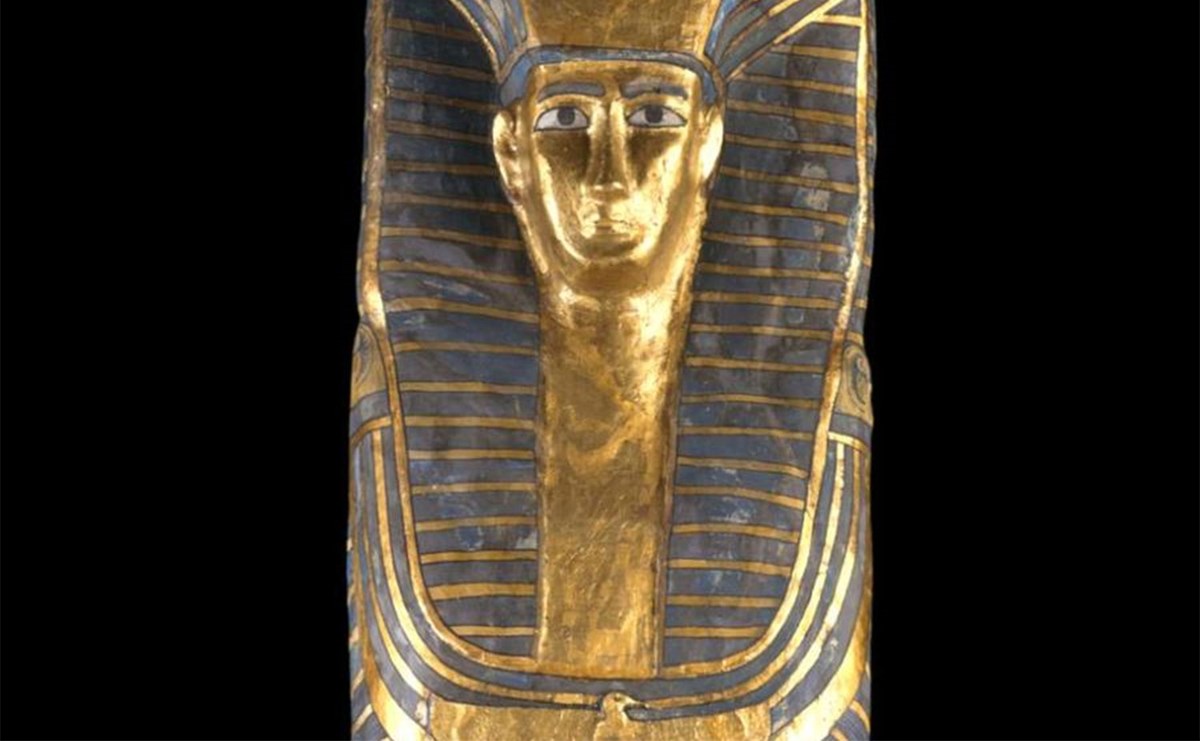
In 1908, an intact burial of a woman and a child was discovered by a team of Egyptian excavators and British archaeologist W.M. Flinders Petrie in Qurna, Thebes, Egypt.
Find out about the Qurna burial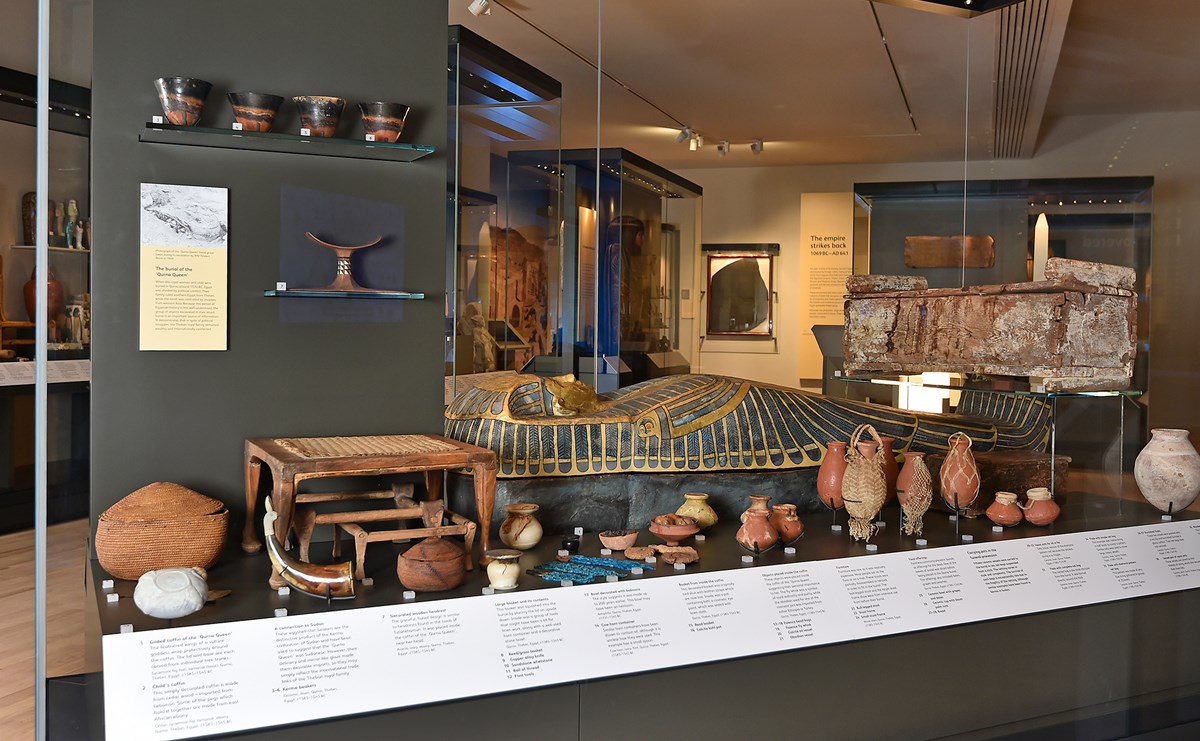
See our panel discuss how reassessing 19th and 20th century colonial attitudes can bring new perspectives to fascinating aspects of ancient Egyptian culture and its place in African history.
Watch the event recording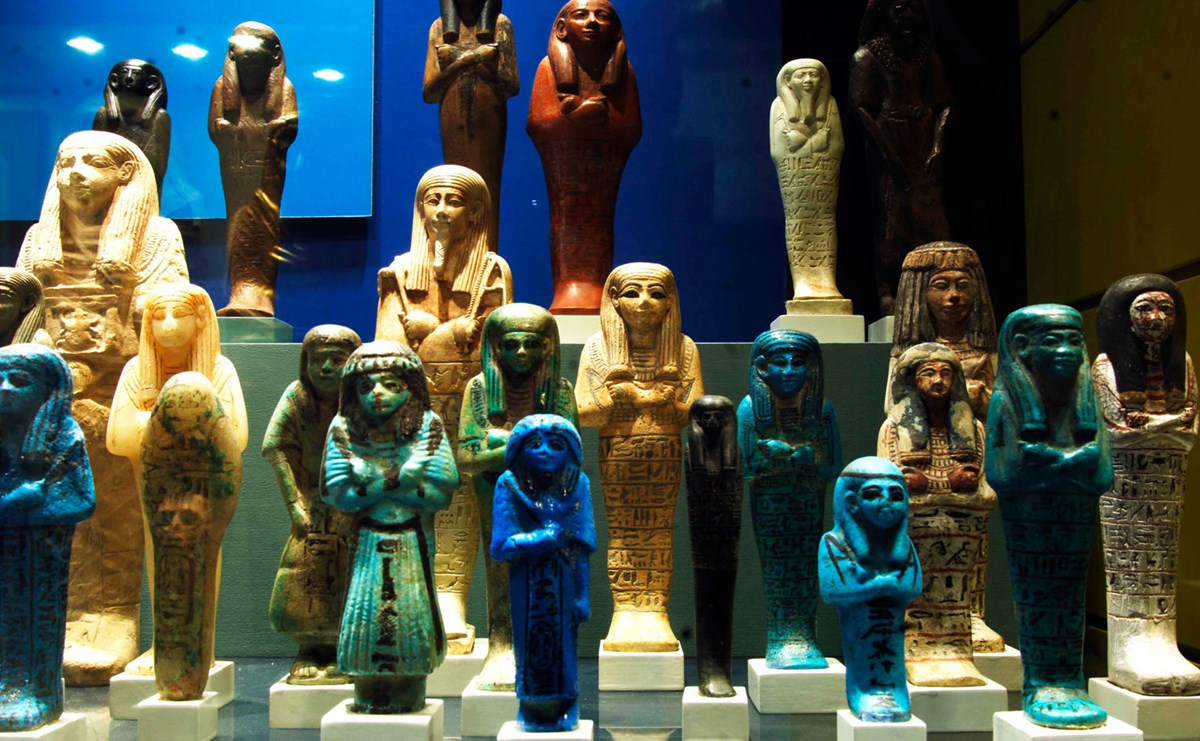
Explore the legacies of the British archaeology in Egypt and the dialogue being created around these collections.
Explore this project